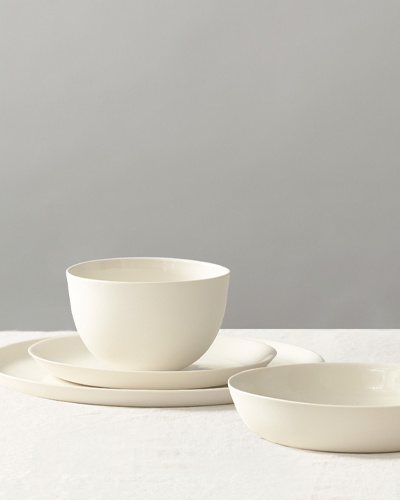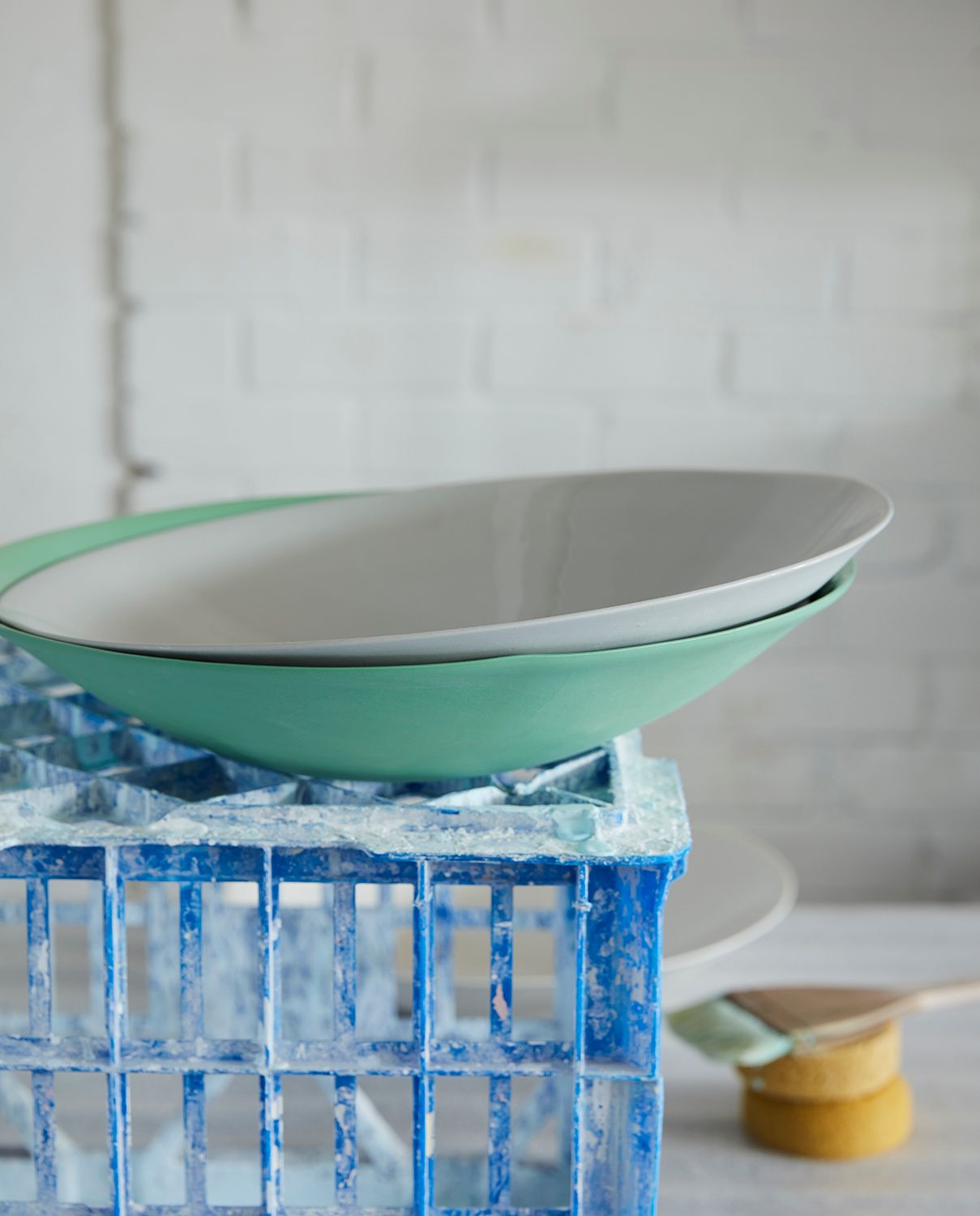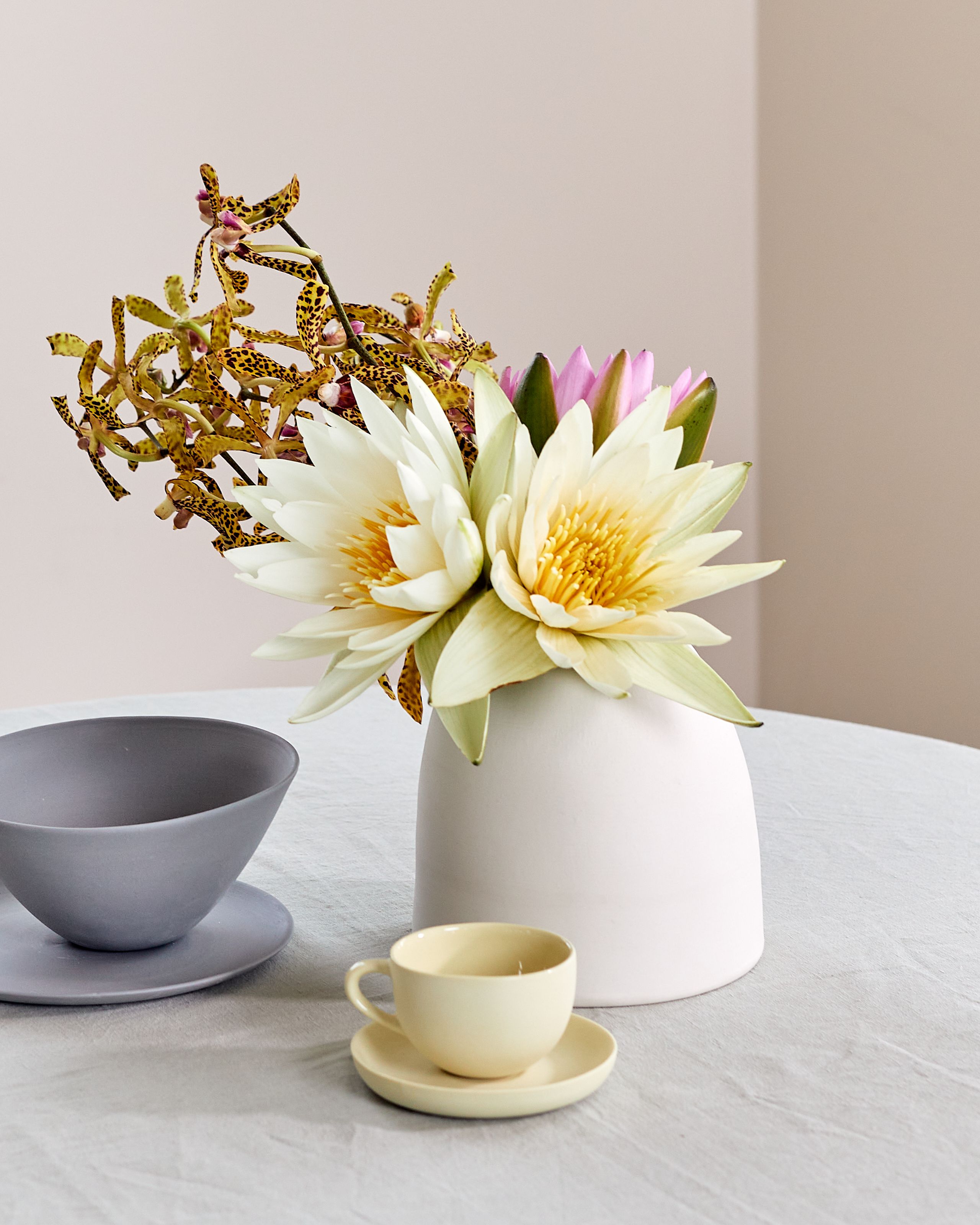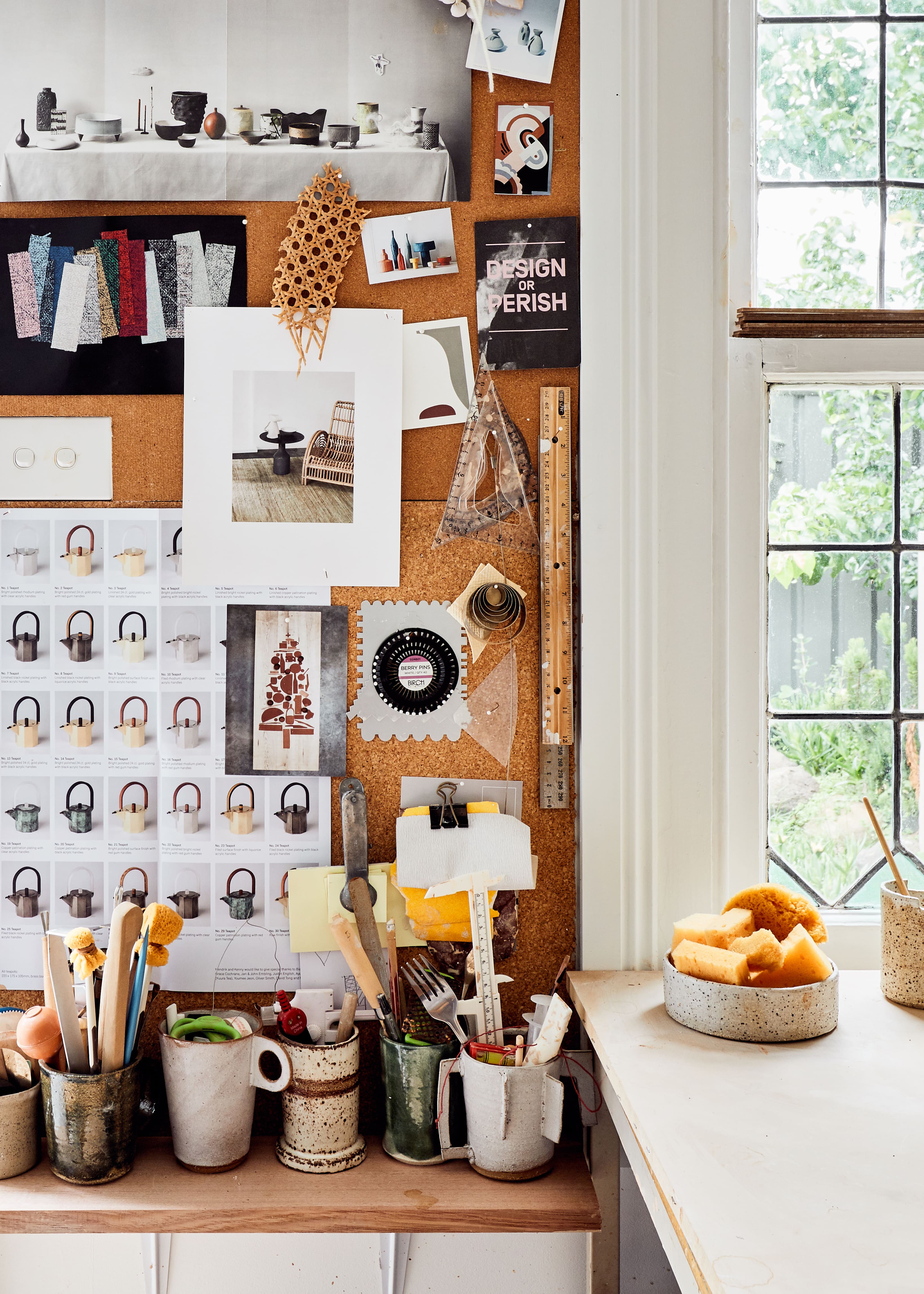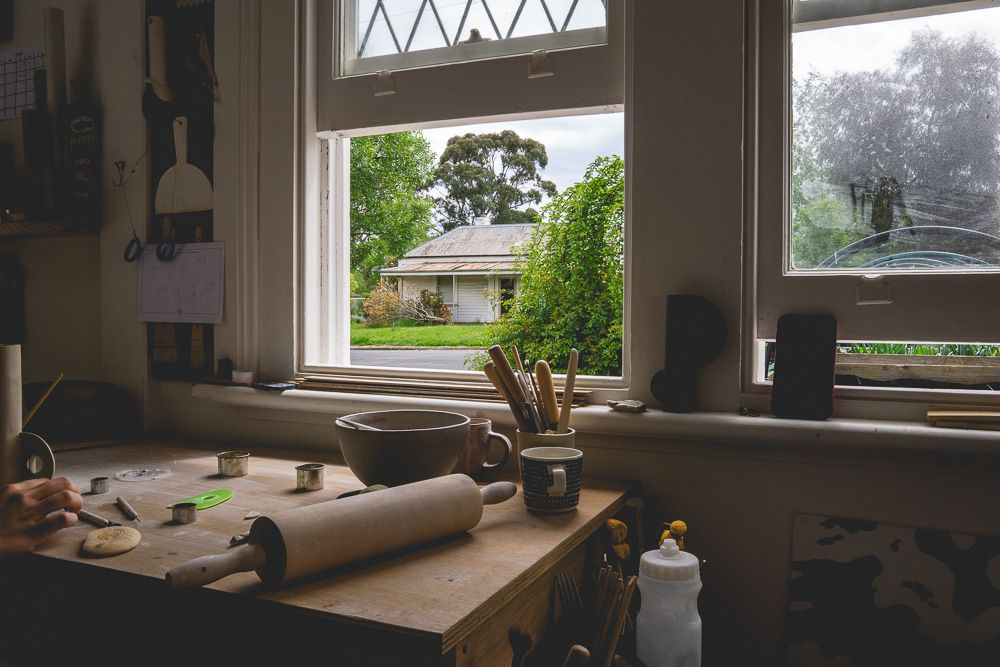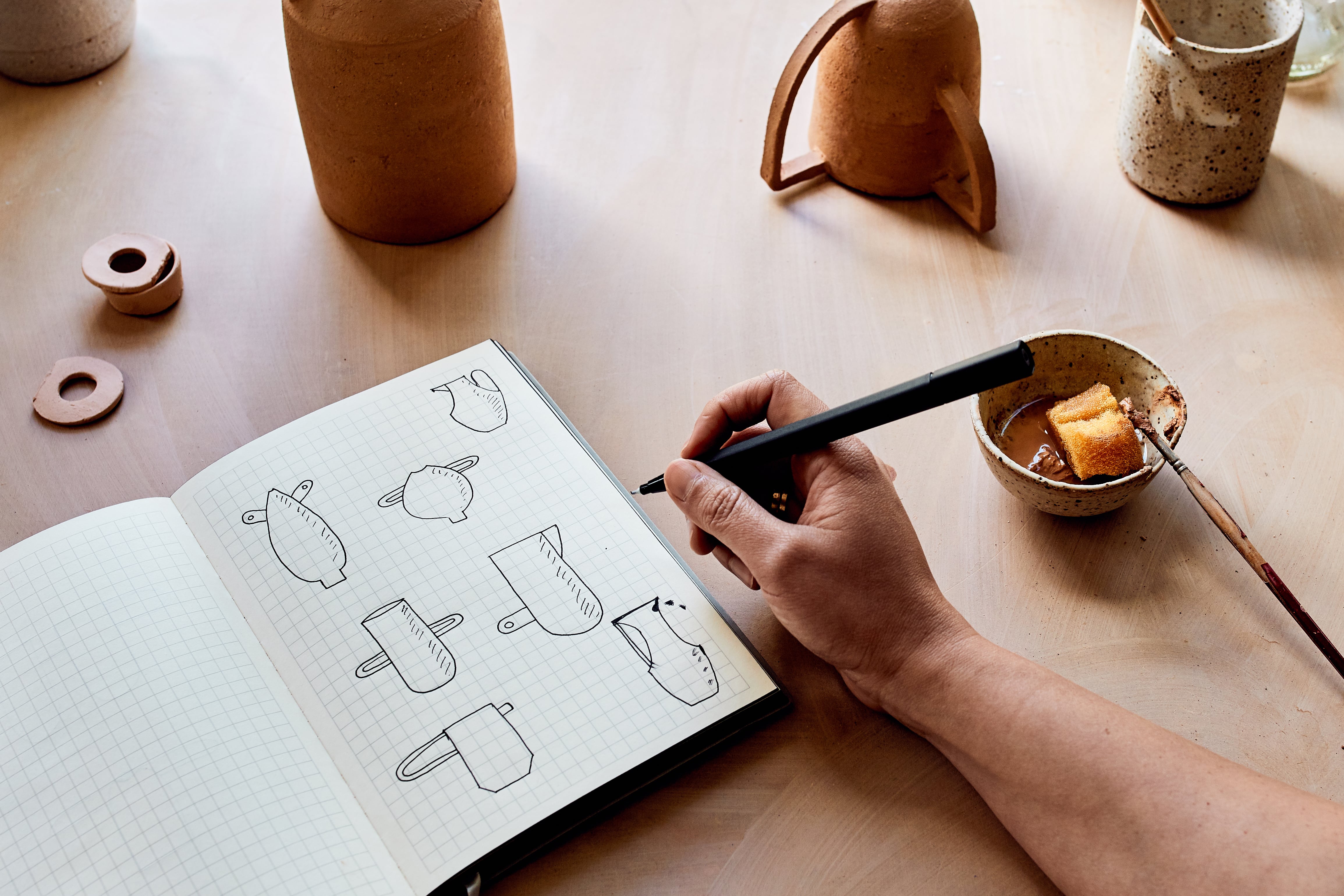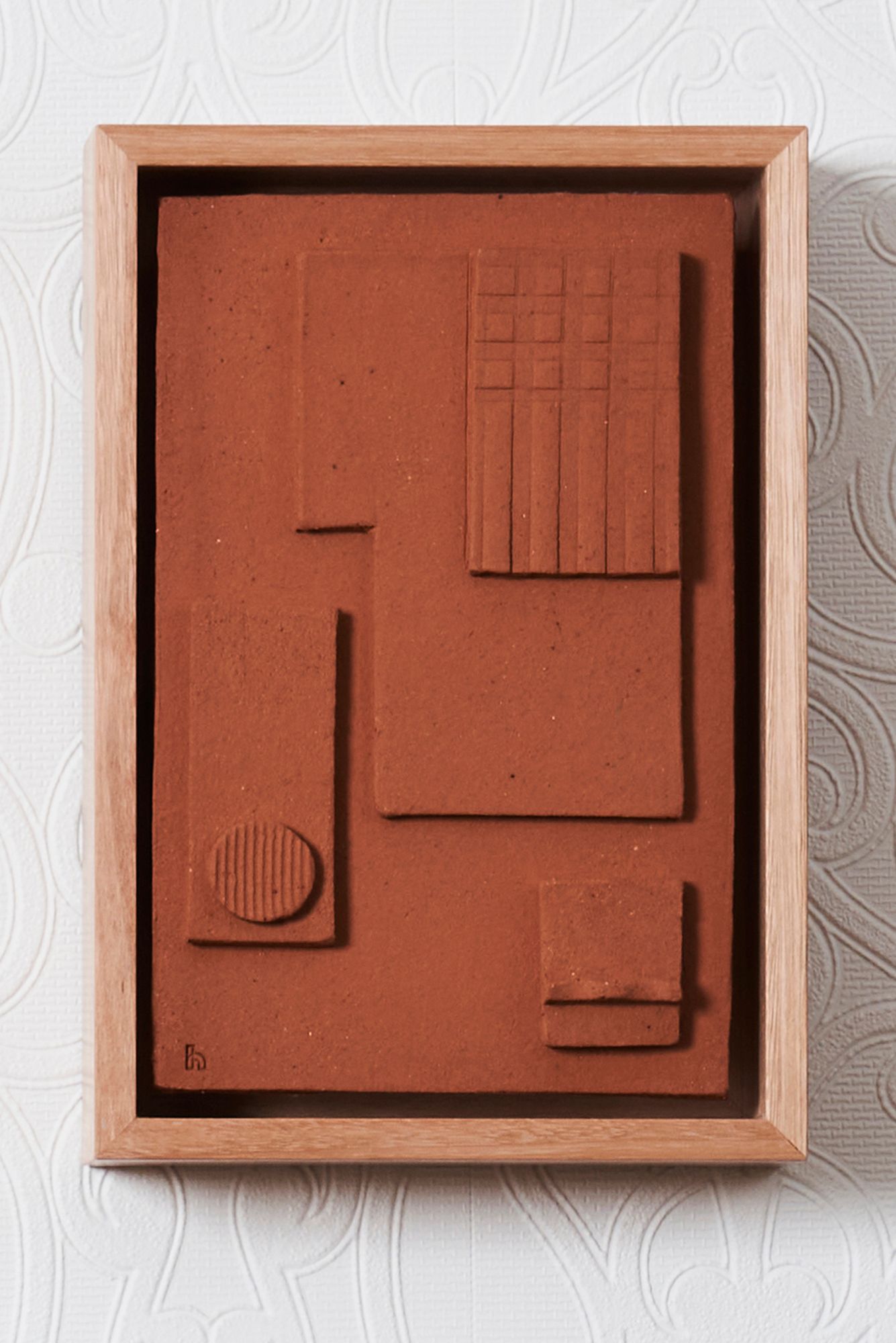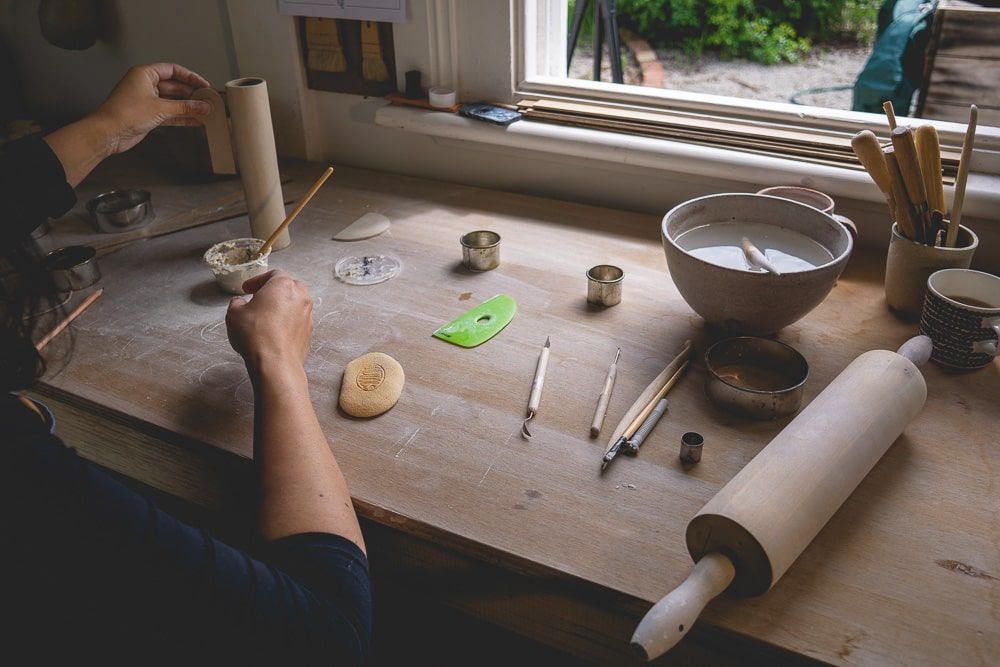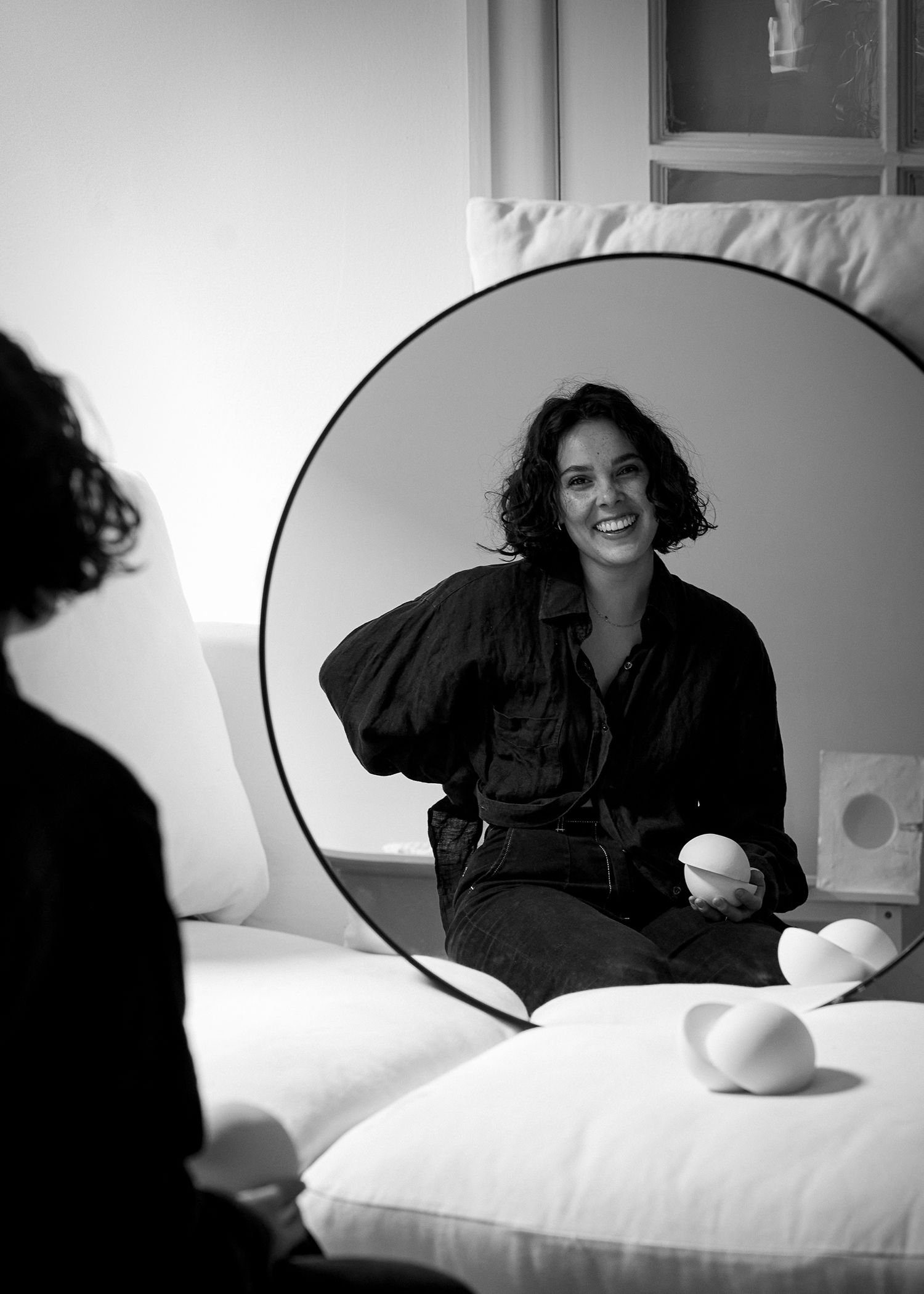Since 1994, Mud Australia has created elegant and timeless porcelain homewares. AU
The original Mud Australia store opened in Woollahra in 2007. Since then we’ve opened 12 stores globally.
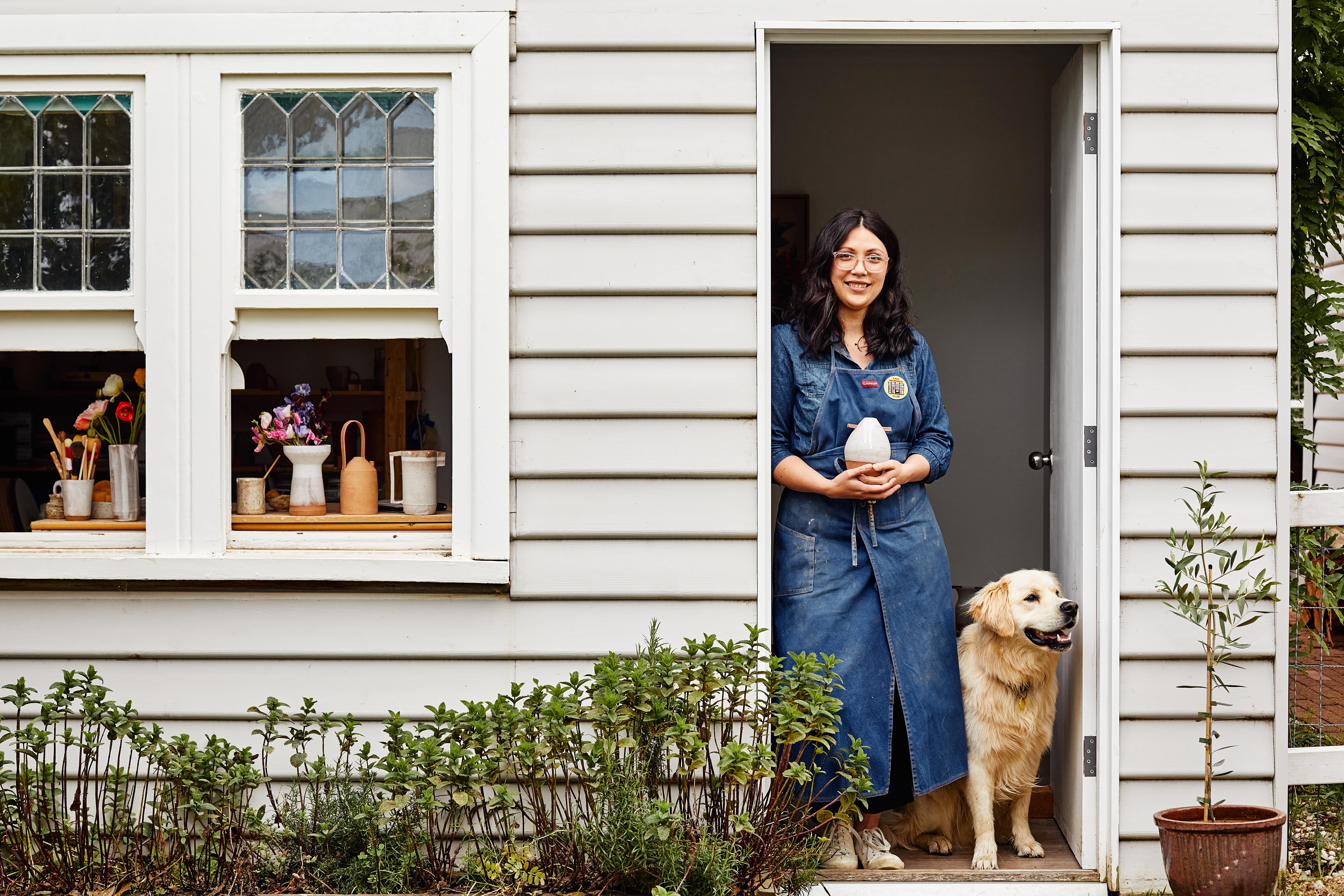
Cassie Hansen creates mid-fire and stoneware vessels and objects that combine wheel-thrown and hand-built elements. Her work is inspired by her interest in the simplified forms and linear qualities of various architectural periods and movements, as well as the shadows and compositions captured in architectural photography.
We sat down with Cassie to discuss her journey to ceramics, sources of inspiration and her award-winning SSCP entry.
Photography by Amelia Stanwix and Nikita Hederics.
Can you tell us more about your background and how you got into ceramics?
I started ceramics in 2016. I’d been feeling a bit burnt out at work and was craving something that wasn’t desk and screen-bound. I went along to a beginner’s wheel course and was instantly hooked. I loved everything about it – getting my hands dirty, learning a new skill, the studio environment, making something, no screens, being in the zone. I was really bad at it for a long time, but I loved it nevertheless. I spent almost every weekend for the next 18 months at a community studio, just practising and practising, trying to get better at it. Once I felt more confident, I took a big plunge and decided to go part-time with my job and enrol in a one-year ceramics course in Melbourne at the School of Clay and Art (SOCA). It was an incredible year – surrounded by other artists and ceramicists and learning and making. After that course, I set up my own studio and since then have been working at that.
What's fundamental to your ceramics practice – your philosophy and your process?
Lately I’ve been focused on hand-built pieces. My work has always had some architectural context to it, simply because my day job as an editor exposes me to such amazing architecture and design and it seeps into my work. I’m really drawn to various architecture periods and movements, and the simplified forms and geometries found in those. I often use architectural mouldings and building materials – tiles, wall panels, hardware - to create textures, forms and patterns, bringing an added architectural language to the pieces. There’s a language to my work now – you’ll notice certain shapes, forms and gestures repeated and altered as time goes on.
Architecture, interiors and furniture, from all different periods. Architectural photography - and certain shadows and compositions - also inspire me. And, of course, other ceramicists of past and present. I love the work of Gwyn Hanssen Pigott, Bruce Rowe, Nicolette Johnson and Prue Venables.
I love visiting art galleries and looking closely at the work – at the brush stroke or the glaze – and asking “How did they do that?”
What does a day look like in your studio?
Mondays and Tuesdays are my studio days. My studio is our renovated carport – a weatherboard studio that gets the best natural light and warmth. I can see the front garden through the window and watch people go by as I work on the wheel.
I usually start the day with a cuppa, write my to-do list, press play on my Spotify playlist and either start making, start glazing, start sketching, or, occasionally, start freaking out that I have potter’s block that day.
What are some of your methods for staying motivated, focused and expressive with your practice?
I think, like all artists, I’ve struggled at various times to stay focused or believe that my work is any good. I suffer big time from comparisonitis. Being creative has a lot of progressions and sometimes you feel flat, and sometimes you feel energised and inspired. What’s been important for me, is to make the work I want to make – not what I think will sell or be popular. Also, not to rush the process – the best part of ceramics is that it’s slow and mindful, and once you start rushing, you lose that lovely element of it and it doesn’t feel good anymore. If I’m feeling a bit bored or stuck with say hand-building, I will jump on the wheel and throw, just to mix things up a bit. And finally, I try to always be learning something new when it comes to ceramics – whether it’s a new hand-building skill, glaze recipe or firing technique. This gets me excited again and the motivation returns.
Tell us more about your SSCP entry
I made this particular body of work for Modern Times in Melbourne. It’s part of my ongoing exploration of architectural wall tablets, which are inspired by the ancient clay tablets of the Mesopotamia period of 3200 BC. During this time, clay tablets were used to write stories, record events and, curiously, inscribe house floor plans. In my series, the clay is left unglazed in order to emphasise the textures and graphic shapes of each piece, as well as reference the unfired nature of the ancient clay tablets. The handcarved shapes resemble site plans for elaborate villages, elevations, or can be read as the collection of material palettes used by architects and designers.
I love making these pieces and am really proud of this series so I thought I’d enter them into the SSCP. I’m so grateful they resonated with Shelley.
When I got the phone call that I won, I started crying! I don’t want to sound cliché, but I never, ever expected to win. I’d looked at the other finalists and just thought their work was so incredible. So it feels surreal, it feels wonderful and I am very humbled and grateful to have been selected.
What do you plan to do with the prize money?
This ceramics prize may be one of the most generous in Australia, so the opportunities the prize money opens up is not lost on me. I have a clunky, noisy 30-year-old potter’s wheel that I’ve always wanted to upgrade – I can now do that. I also want to attend ceramics masterclasses and conferences and learn from the artists I look up to. I also need a few practical upgrades to my studio – shelving and sinks. I want to stretch the prize money out over a few years as I’m sure things will come up that I haven’t thought of yet!
I have two goals for the prize money – firstly, to create a studio that is efficient, easy and comfortable to use, so I can make my best work. And secondly, to continue learning new skills so I’m constantly inspired and can explore new knowledge and techniques in my work well into the future.
